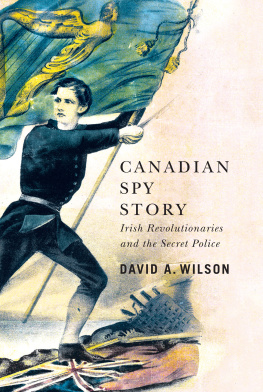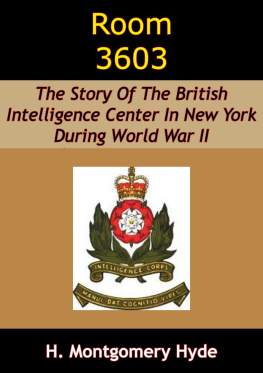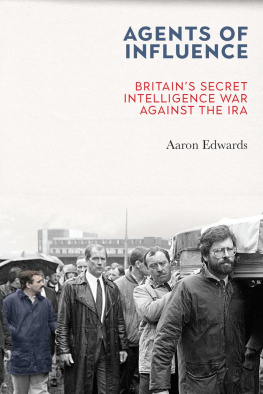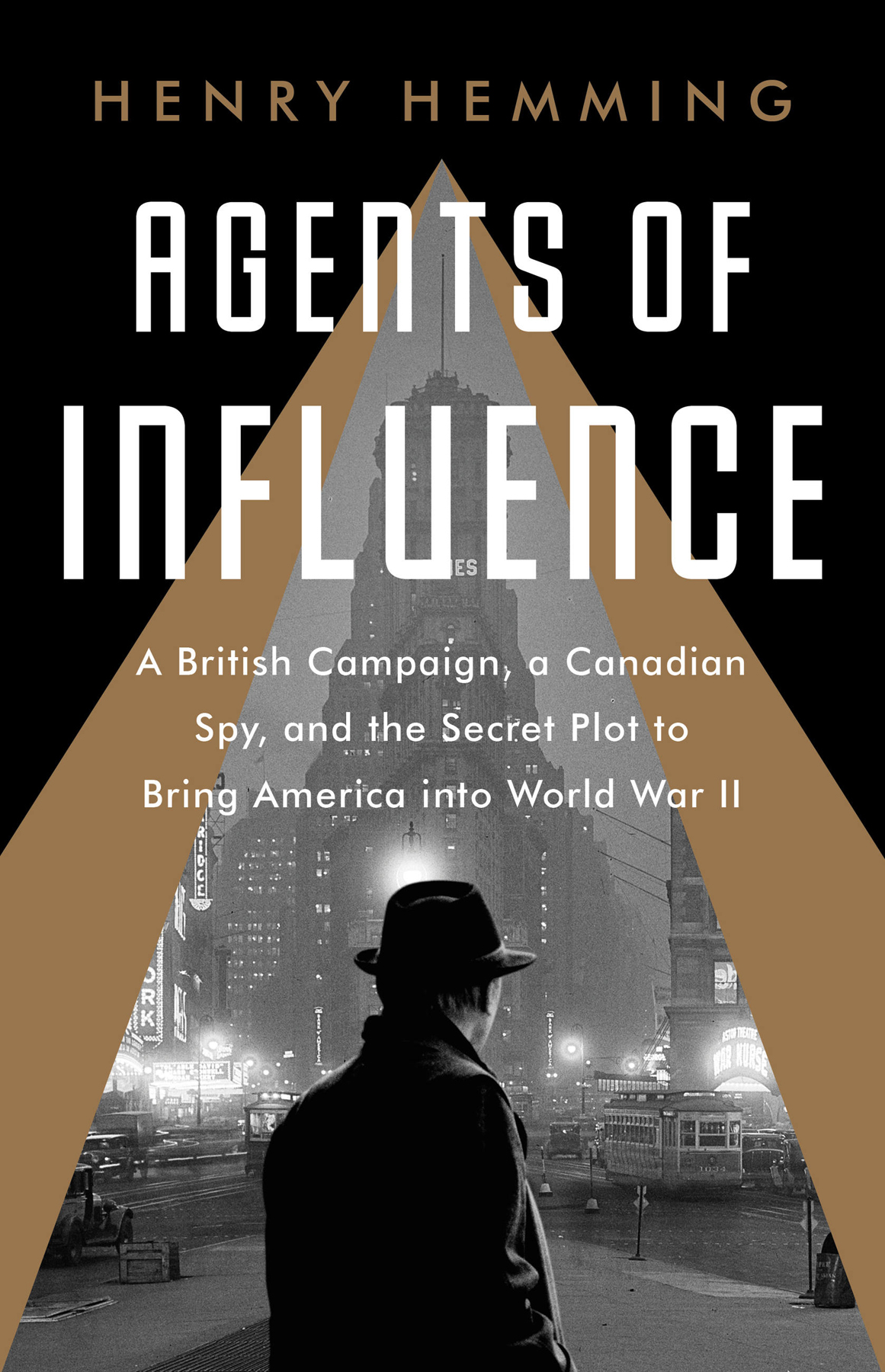As a child, I remember hearing about the man who saved my fathers life. It happened an ordinary summers day, several years before the start of the Second World War. My grandparents had taken their accident-prone three-year-old, my Dad, to have lunch with a friend of theirs outside London. After the meal my grandmother was walking in the garden with the man they had come to see, Bill, when he asked where her son was. She had no idea. Without a word Bill raced over to the far side of the house, where there was a deep pond covered with a carpet of waterlilies.
From here the story I heard as a child might take a slightly different shape, depending on who was telling it. Bill arrives at the pond out of breath to find three-year-old Dad either walking into the water, drowning, or in the most colourful version he has disappeared beneath the waterlilies. Bill then wades, jumps or dives into the pond in his clothes, before staggering out with a spluttering child in his arms.
I remember this being my favourite part of the story, and the rush of relief I would feel at hearing that Dad had survived, and could go on to meet Mum, and my sister and I could be born. As the outline of this episode became more familiar with time, I began to feel as well a tacit bond to the hero of this tale, Bill, who went on to become Dads godfather. What he had done seemed to telescope the years between us, and it was strange to think that my life had hung for a moment on the actions of this elliptical figure, someone I knew very little about and would never meet.
Another story I heard about this man was that during the war he had asked my grandmother to work for him as a spy. But the best story about Bill or William Stephenson, to give him his full name (not the name he was born with, for reasons we will get to) was not one I remember being told. It was about how he was taken on by MI6, Britains foreign intelligence agency, and sent to New York in 1940 on a controversial mission. He was to set up and run a secret British influence campaign that would change American public opinion and bring the United States into the war.
This is the story of the largest state-sponsored influence campaign ever run on American soil. Covert, sophisticated, eye-wateringly expensive, this undercover British operation has been described as one of the most diverse, extensive, and yet subtle propaganda drives ever directed by one sovereign state at another. It has been linked to the birth of not only the CIA but the modern conservative movement in America. The figure running it, Sir William Stephenson, Bill to his friends, the man who saved my fathers life, later became known to the world as the man called Intrepid. He was also hailed by Ian Fleming as one of the inspirations for James Bond.
But this Bond-like figure was not everything he claimed to be, nor was the operation he ran. Only now, with the release of newly declassified British records from the Foreign Office and the wartime special operations agency, the Special Operations Executive (SOE), and an array of corroborating material in American archives, is it possible to strip away years of historical bluff and bluster and tell the story of what Stephensons undercover operation really achieved in the months leading up to the Japanese attack on Pearl Harbor.
By the time that happened, early on 7 December 1941, Stephenson was running what a CIA historian has called the largest clandestine foreign intelligence station ever established in the United States. In the months before the United States entered the Second World War this unlikely team fed into the American news cycle a stream of fake news, as it was known then and now; they hacked into the private communications of US senators and representatives, produced forgeries, subsidized and directed protest groups, manipulated opinion polls, organized protests and wiretaps, and otherwise harassed those who stood in their way. At the time, many Americans suspected the British were up to something and imagined there might be collusion with the White House. Few could have guessed either the extent of what was going on or the impact it had.
When this British influence campaign came to life, shortly after the evacuation from Dunkirk in June 1940, one poll suggested that just 8 per cent of the American population wanted to go to war.
What happened then has a particular resonance now. For as long as we live in open and democratic societies there will be the concomitant risk of state-sponsored subversion on this scale, as the British showed in 1941 and as the Russians reminded the world during the 2016 US presidential election. Vast sums have been spent, and no is different, and gives us a rare chance to step inside one of these covert operations.
Fake news has a long pedigree in American history. In the 1660s, in Kentucky, you could be fined up to 2,000lbs of tobacco if found guilty of spreading false news. By 1940, the term fake news was being used in the press to describe invented or wilfully exaggerated news stories designed to serve a political agenda. The same is true today, even if the term has become more politicized than ever. Sometimes we worry that fake news has been planted by individuals, organizations or governments in an attempt to change the way we think. What follows is an account of when that happened on an unprecedented scale, and how it changed both America and the course of the Second World War.
At its heart is a human story centred on two men whose lives were changed forever by the decisions they made in the frantic months leading up to Pearl Harbor. One was Bill Stephenson of MI6. The other was Americas best-known anti-war campaigner, the legendary pilot Charles Lindbergh. By the start of 1941, the British intelligence officer and the American icon were dug in on opposite sides of what had become a civil war of ideas. Throughout the United States the Greatest Generation was caught up in the Great Debate. What began as an argument between the interventionists and the isolationists about whether to go to war had become, by December 1941, as much about the European conflict as it was to do with race, immigration and, ultimately, what it meant to be American.






